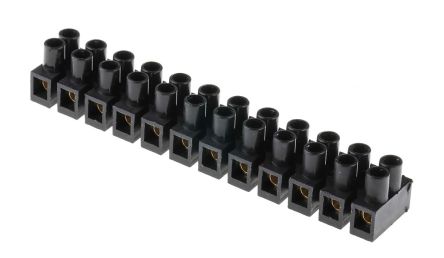Wiring up one of these for lighting/extractor fan. Never really use them so wondering if I'm better off with a proper wiring box & strip or if this will cope alright.

I'm feeding it from a 3a spur to comply with the extractor mi's then has L to fan, l/switch & onto next light. S/L from switch then going to light & extractor.
Will the choco box cope alright with this or will it be too much?
(Earths still to be sleeved never had any to hand)

I'm feeding it from a 3a spur to comply with the extractor mi's then has L to fan, l/switch & onto next light. S/L from switch then going to light & extractor.
Will the choco box cope alright with this or will it be too much?
(Earths still to be sleeved never had any to hand)




